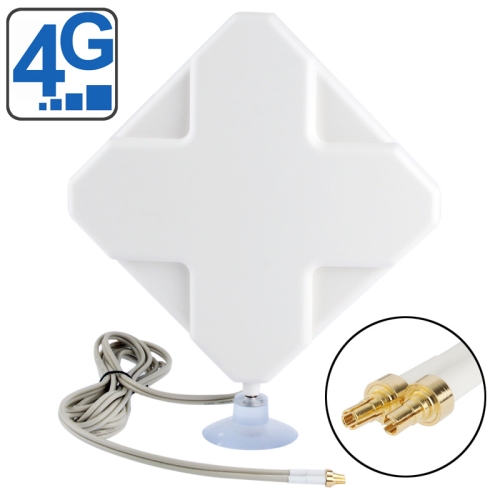

Amplified versions increase that distance to an average of 50 miles and more.Īs a general rule of thumb, if you live in an urban area, a passive antenna will prove reliable. If you are in an area where stations broadcast within a 20-mile radius, a non-amplified version is likely to work well for you. Your location will be the biggest consideration when deciding if you need an amplified version.Īmplified versions are more expensive, so if you can use a non-amplified, also called passive version, that would be preferable. One of the major features to choose between when shopping for indoor TV antennas are amplified or non-amplified versions. The reason for the improvement is transmissions received through antennas are compressed to save bandwidth. The good news is a lot of broadcast channels received via an indoor TV antenna will have much better picture than the quality you have experienced through satellite and cable providers. Don’t expect to wrap aluminum foil around the antenna and suddenly have much better reception.
Indoor tv antenna booster install#
In many cases, channels will either work or not work once you install your antenna. Your geographical location will play a large part in how well the antenna will work for you. On the other hand, a costly TV antenna doesn’t guarantee crystal-clear picture quality. This can be a costly mistake since models will have features that directly affect how well you can broadcast channels. Since one of your goals is likely to save money, your first instinct may be to buy the least expensive antenna available. When shopping for the indoor antenna, make sure you keep in mind the following factors before purchasing. While there are outdoor antennas in the market, they are more difficult to set up and if you are in a location with good reception, an indoor antenna is a better choice.


 0 kommentar(er)
0 kommentar(er)
